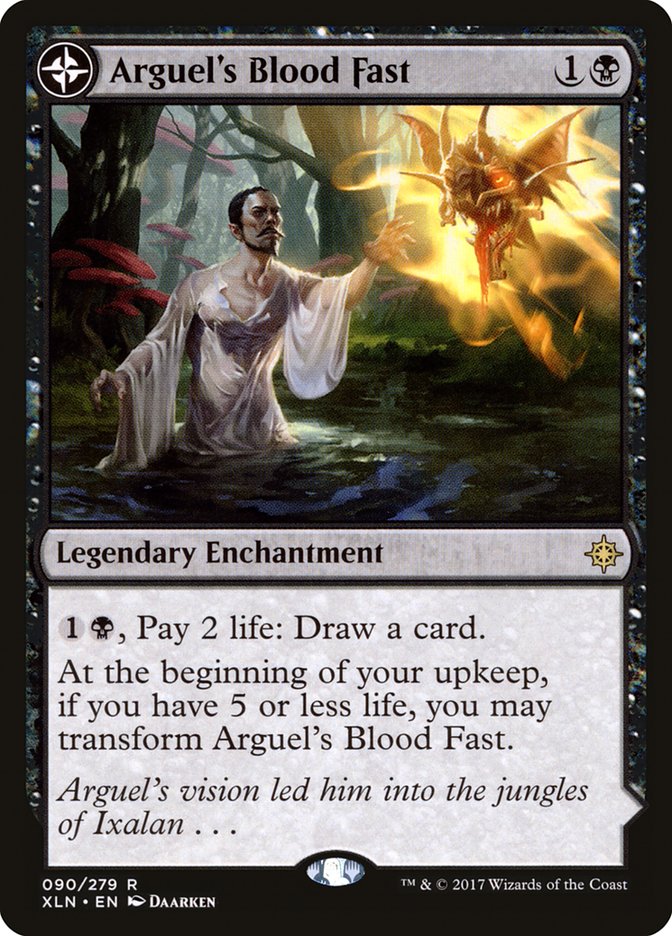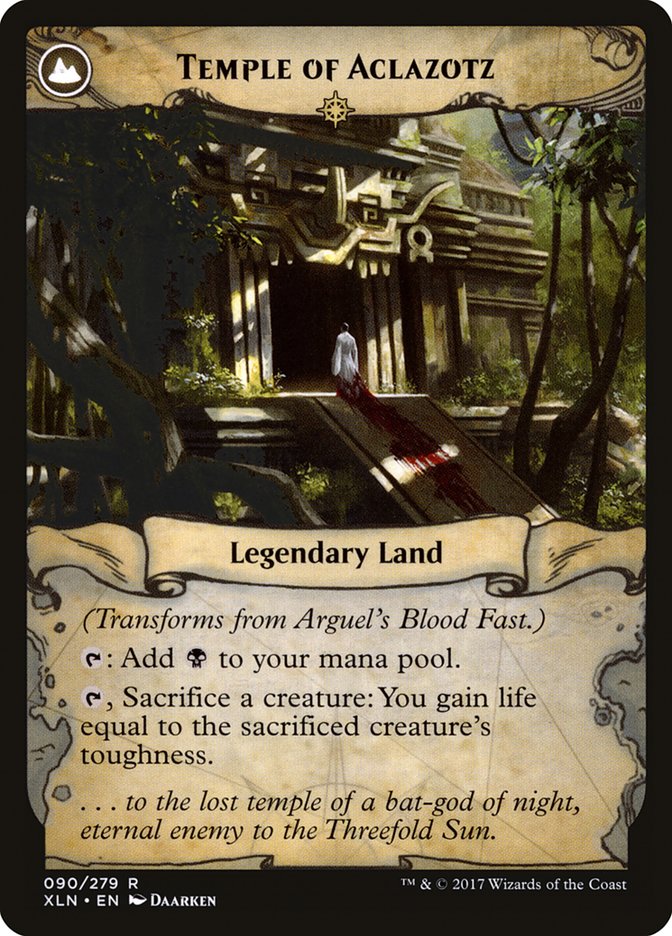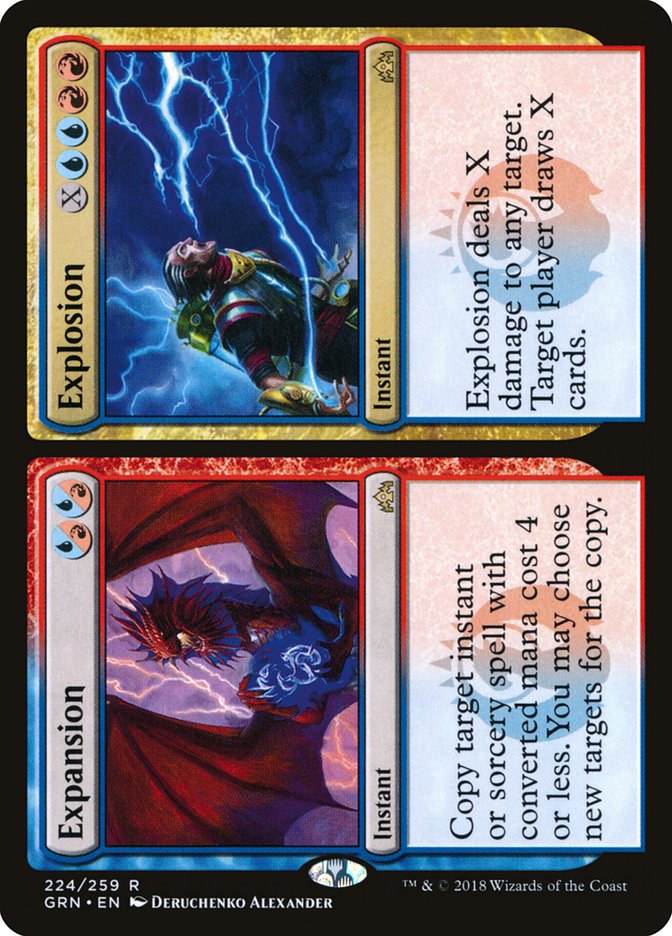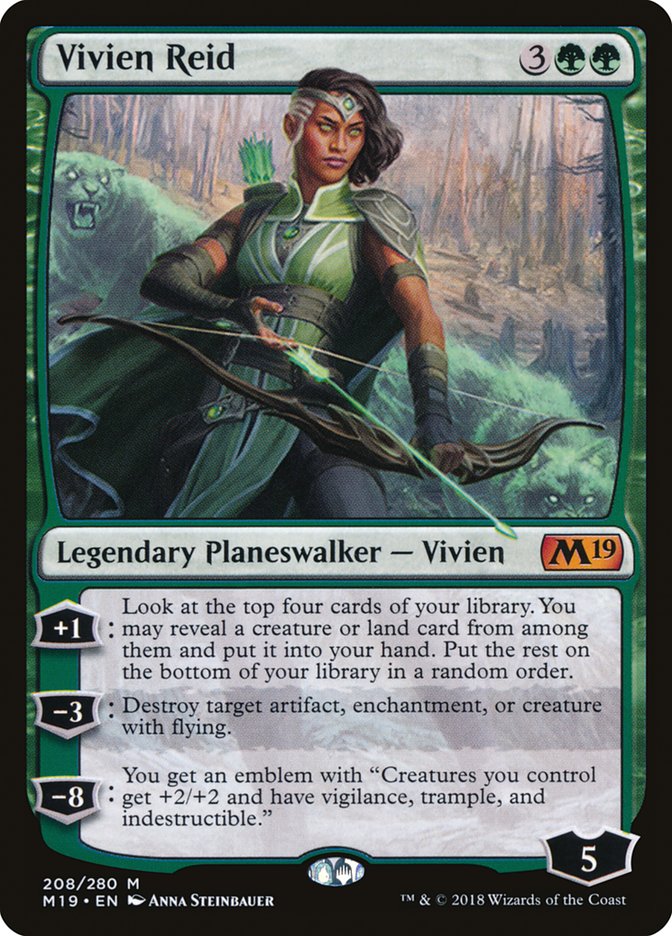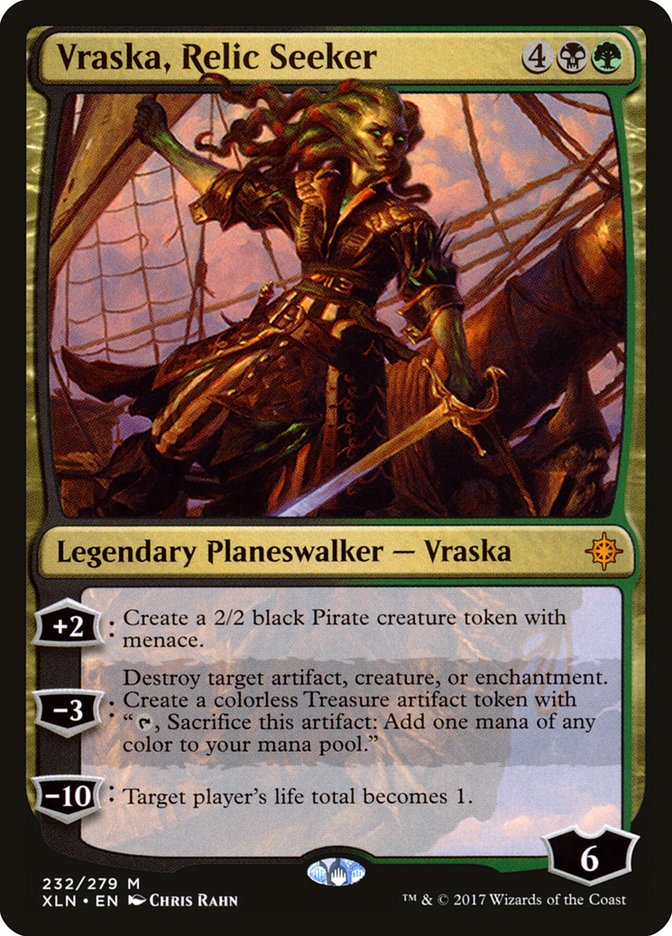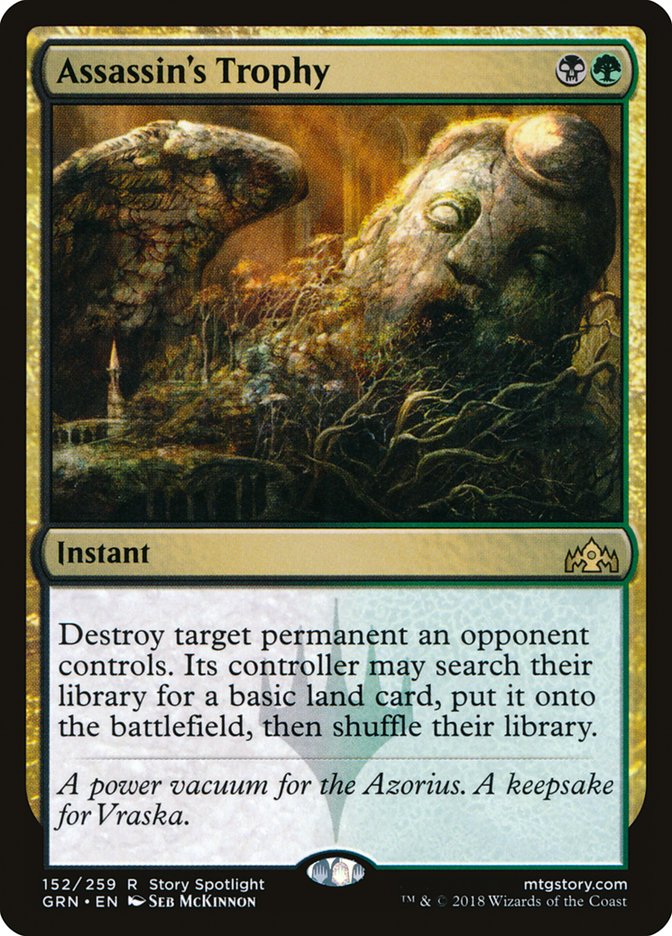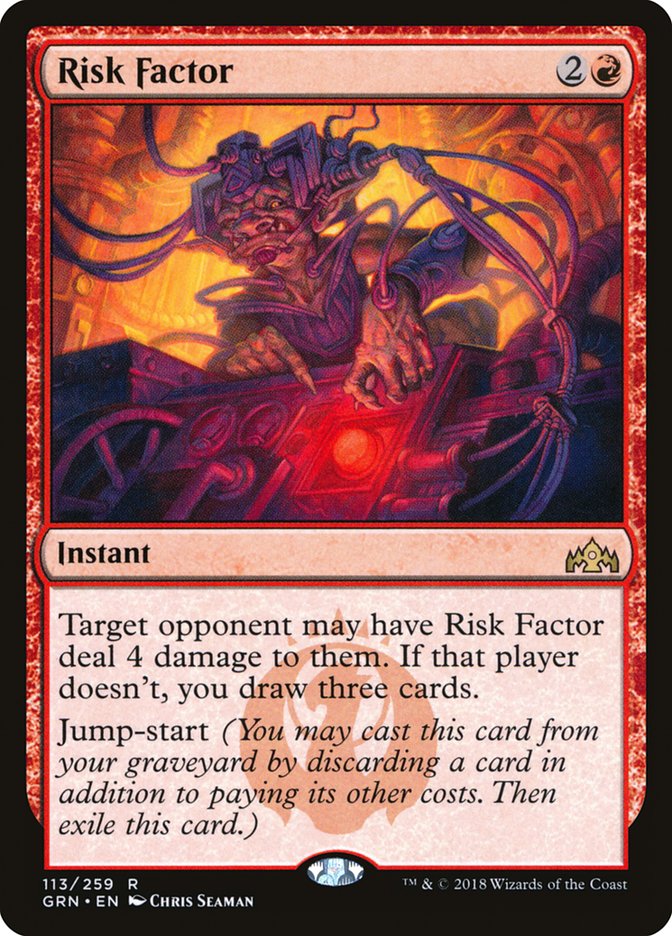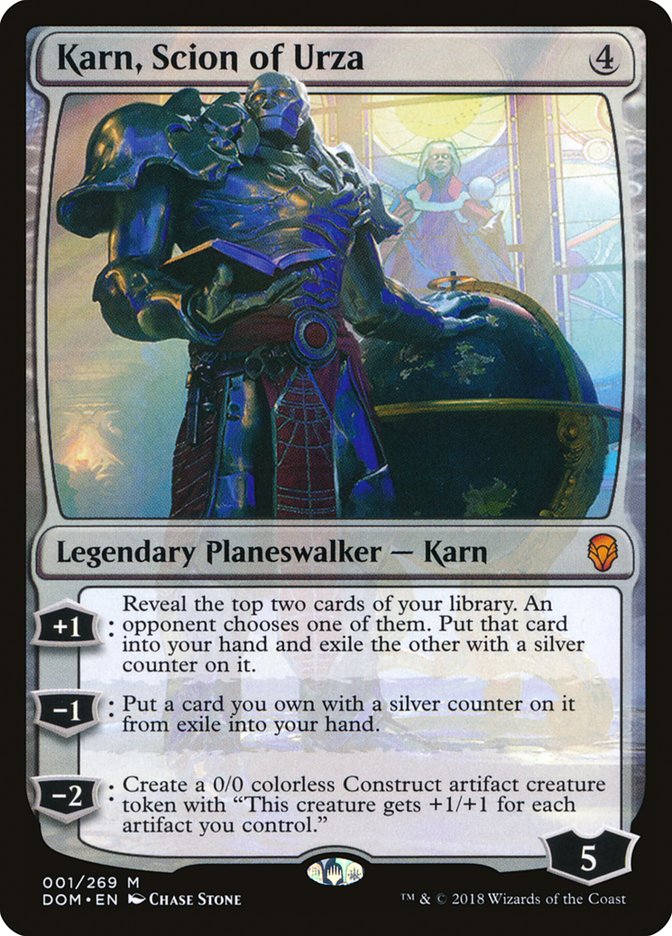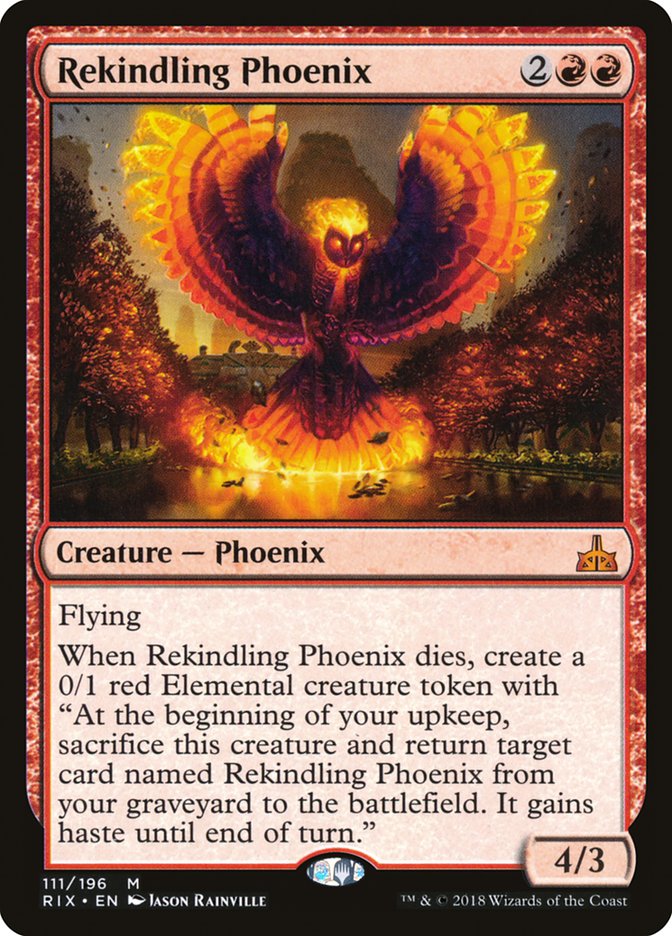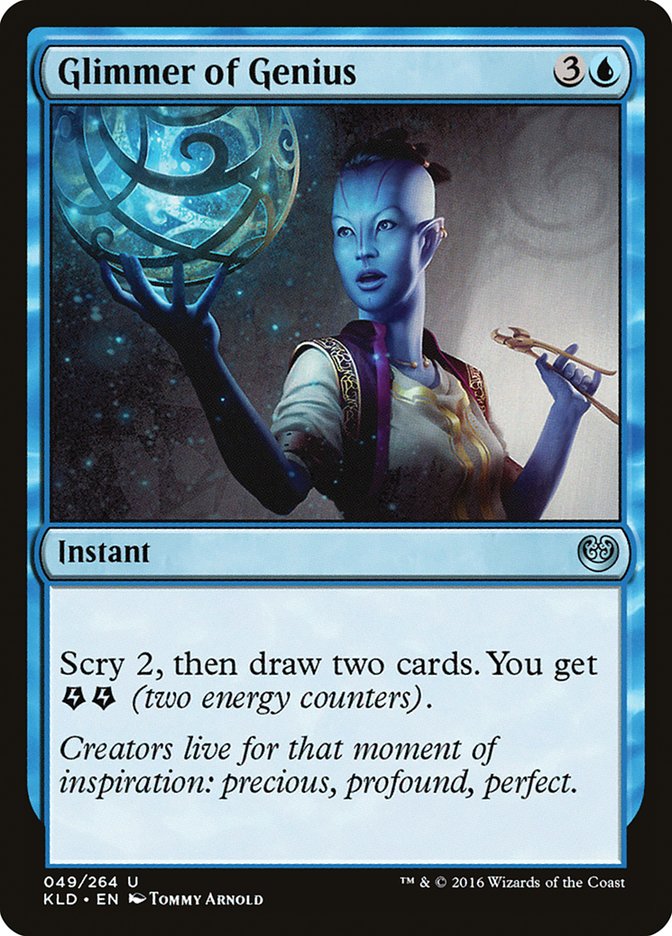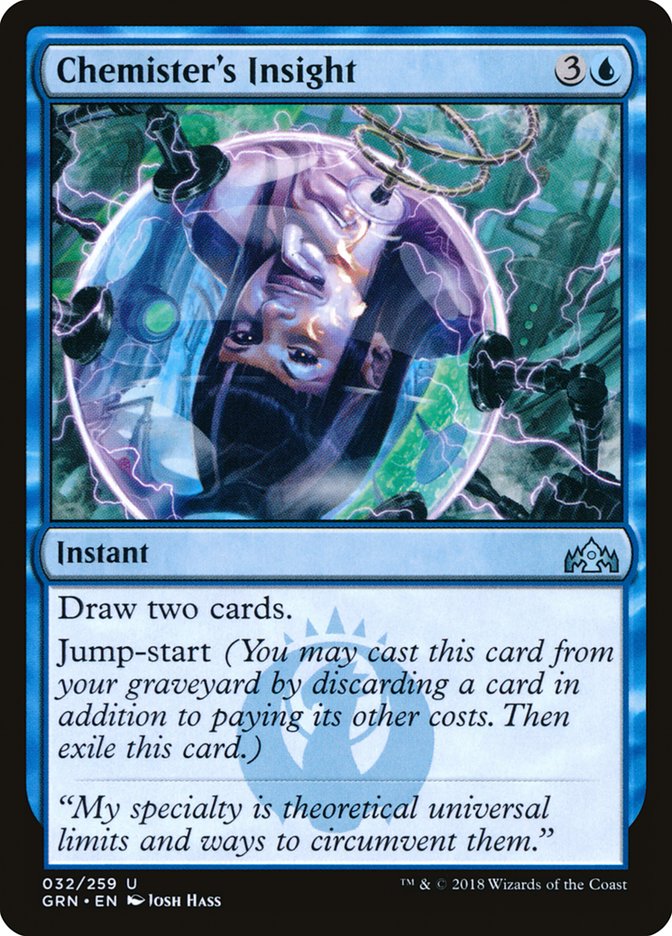Has it really only been three weeks since Guilds of Ravnica was released? It feels much longer to me, probably because I’ve crammed a couple months’ worth of Magic into those three weeks. Pro Tour Guilds of Ravnica is approaching at the terrifyingly fast rate of one second per second, and I need to be as prepared as possible by the time it gets here.
One of the trickiest things about new Standard formats is that your opinions on cards are necessarily heavily influenced by your experience in the previous Standard, despite that experience not being relevant. It’s nearly impossible to divorce yourself from these irrelevant opinions without encountering the reasons they’re now wrong out in the wild. This can often be a painful experience, as it generally involves losing games and matches.
Fortunately for you, I’ve played a ton of this Standard format already and have had my reality smashed time and time again. I’ve found plenty of cards that play both much better and much worse than I thought they would, and I’ve even figured out why these cards are subverting my expectations.
Let’s dive in.
Arguel’s Blood Fast
Arguel’s Blood Fast was certainly no Goblin Chainwhirler, but if you played Standard before Guilds of Ravnica you still knew all about the Blood Fast. Remember this deck?
Creatures (14)
Planeswalkers (1)
Lands (21)
Spells (24)

Dimir Midrange was undeniably one of the best decks of the last Standard format, simply by virtue of being one of the few decks that could attempt to stand shoulder to shoulder with Rakdos Aggro. Arguel’s Blood Fast was the best card in the deck. It was the most important card in both the control and aggro matchups. It synergized with The Scarab God and took your instant-speed game to the next level. In short, the card did everything and was the glue that held the deck together.
Arguel’s Blood Fast was incredibly good in Dimir Midrange, but that wasn’t the only place it was played. Every black deck in the format either played it in its sideboard or had a very good, very specific reason why it didn’t. In short, Blood Fast was very powerful and just an all-around staple of the format. I expected it to only get better in Guilds of Ravnica Standard. I was wrong.
PSA: this is the worst Arguel's Blood Fast has ever been. Steer clear.
— Jadine Klomparens (@thequietfish) October 18, 2018
I sent that Tweet out last week, and I absolutely stand behind it. I did a lot of work on the Golgari Midrange deck in preparation for the matchup guide I wrote last week, and the fact that Arguel’s Blood Fast wasn’t good in the deck was one of the last things I figured out. It took a lot of losing for me to disregard my memories of Arguel’s Blood Fast being excellent in Dimir Midrange, but here we are.
So, what changed? Well, a lot of things. Let’s start with control matchups.
Arguel’s Blood Fast originally gained traction as a sideboard card against control strategies. The idea was simple: control decks win by answering all your cards, Arguel’s Blood Fast gives you an unending supply of cards. Control decks don’t pressure your life total enough to punish you for the life loss stapled to Blood Fast and you can get a Blood Fast down on Turn 2 before the bulk of their countermagic comes online. In the previous Standard format, Blood Fast lined up perfectly both strategically and in terms of individual card interactions against the control decks and was their perfect foil and greatest nightmare. This Standard? Not so much.
Explosion being the name of the game when it comes to Standard control is a huge problem for Arguel’s Blood Fast. These days, your life total actually matters against control. Fall down too low and your control opponent will start thinking about how to end-step “Explosion, untap, Explosion” you for lethal, and they will probably be able to set that up. And by “too low,” I mean twelve life. Maybe even fourteen. Explosion is a wild Magic card. These “risky” life totals are still quite high and mean that we can only draw three to five cards with Blood Fast and remain safe. Four cards isn’t nothing, but it’s sure not the nine that Blood Fast represented one rotation ago.
But it’s more insidious than that. Not only does Blood Fast open the door to lethal Explosions, it also gives your opponent the time to set them up. Let me explain. The idea with Blood Fast is that you are preparing to go toe-to-toe with your control opponent in the late-game. You deploy the Blood Fast on Turn 2 before countermagic is up, and then you endeavor to only deploy a single threat or two at a time, drawing cards with the rest of your mana. You don’t put them under overwhelming pressure at any point but sustain a moderate level of pressure through whatever sweepers and/or removal spells they may throw at your battlefield. This strategy worked really well against last format’s control decks because Blood Fast and its continual stream of cards ensured you could keep up with the control deck in the late game. Nowadays, planning to let control get to the late-game just turbo charges their Explosions, and even with Explosion’s lethality aside, there’s no keeping up with that.
So Blood Fast is no good against control, fine. That wasn’t the only place it was played last format. It also was very good in Dimir Midrange mirrors. Indeed, it was the most important card in that mirror by a wide margin. Surely, it’s just as good in Golgari Midrange mirrors, right?
Nope. One of the key things about Blood Fast in the Dimir Midrange mirror was that the card was untouchable on the battlefield. Once it resolved, that was that. Answering it was so important Censor and other low-powered two-mana answers started to be played just in the hopes of snagging a Blood Fast when on the play. Golgari Midrange naturally plays a lot of answers to enchantments, guaranteeing that Blood Fast will never take over a game. If the card looks good in a game of the mirror, the opposing player will find an answer.
But Blood Fast doesn’t even look good in very many games of the mirror. Unlike Dimir Midrange, Golgari Midrange is a very creature-heavy deck. Battlefield stalls are very common in the mirror, with both players turtling up to defend planeswalkers. Combat doesn’t often matter, but it will matter very quickly if one player wastes mana and life on drawing cards. With that many creatures populating the battlefield, if you miss a beat in keeping up things will start to look very bad very quickly, and using Blood Fast requires you to miss a beat.
Last broad matchup classification: aggro.
Arguel’s Blood Fast isn’t very good against dedicated aggressive strategies, but Temple of Aclazotz is excellent. This made Blood Fast a key card out of Dimir Midrange against the red decks of that format, despite you never intending to use the front half of the card. But thanks to The Scarab God, Dimir Midrange was much better at utilizing Temple of Aclazotz than Golgari Midrange is, and that dynamic doesn’t really hold up in current Standard.
Past Temple of Aclazotz just being less powerful in the Golgari decks, it’s also less good against the current breed of red decks. Experimental Frenzy and Risk Factor give them a late-game engine so powerful that you need to do more than simply gain life to win the match. Before, an active Temple of Aclazotz was lights out; now it’s just a speed bump that forces them to play another turn with an active Experimental Frenzy.
So, where does all this leave Arguel’s Blood Fast? It’s very obvious to me that the card is worse now than it was before, significantly worse even. But there’s a lot of room below “top five card in the format” to fall and still be a playable Magic card. Against both control and midrange, you no longer want to activate the card before Turn 5 or 6. Playing to the battlefield is paramount, but refilling a little once the game gets late is still worth something. My best guess is that there’s something better than Arguel’s Blood Fast out there, but that the card is still somewhat valuable. If you play it, just remember that your plan can no longer revolve around it. It’s now a cog, not the machine itself.
Karn, Scion of Urza
All right, let’s shift gears and talk about a different card advantage engine: Karn, Scion of Urza.
For the first while after Dominaria was released, Karn was everywhere. He appeared to be the most impactful card from the set for a little bit with all sorts of decks using him in all sorts of ways. My initial take was that his -2 ability had to be good for Karn to be good, and I was more or less proven incorrect. Karn’s +1 and -1 abilities were shown to be a robust card advantage engine for decks not at all interested in using his -2.
I want to talk about Karn specifically in the context of the Golgari Midrange deck. Karn isn’t ubiquitous in these lists, but he does make some appearances and there’s arguments that he should make even more. He made Gerry Thompson’s list of the ten most underrated Standard Cards last week, with a specific call-out that he should be considered over Vraska, Golgari Queen in Golgari. I disagree.
The problem with Karn in Golgari Midrange is that his value engine is very bad in the deck. The nature of Karn’s +1 ability is that you generally don’t get a very good card off it. It’s a bit of a meme at this point that his ability could read “add a land to your hand” and it would play the same. Your opponent is always going to give you the worse option of the two cards that you flip, and that’s often going to be a land.
Golgari Midrange already does a very good job of making all its land drops and doesn’t do a great job of making use of its mana. Explore keeps your land drops coming, but the deck lacks an X-spell or creatures with repeatable activated abilities to really make use of its excess mana. What it really wants out of its card advantage cards is spells, not lands, and Karn just isn’t good at that.
When playing Karn in Golgari, you’ll often end up netting a real card with him every other turn. That’s not nothing, but it’s also not anything to write home about. I believe the correct planeswalker to put up against him isn’t Vraska, Golgari Queen but Vivien Reid. Vivien is the exact card advantage engine you want, giving you great odds to hit a spell each and every turn and make use of all of your extra mana. Vraska, Golgari Queen serves an altogether different role and is more of a combined must-answer threat and versatile spot removal card than a value engine.
It’s also worth noting that Golgari Midrange makes abysmal use of Karn’s -2 ability. You have one way of generating non-Construct artifacts: Vraska, Relic Seeker’s Treasure tokens. That’s not much in the way of synergy and it’s very rare that Karn’s Constructs are good for anything besides chump blocking.
So, what needs to happen for Karn to be good in Golgari Midrange? If the deck were to move away from its value-centric explore gameplan, Karn would get better. That would both make lands more valuable to the deck and mean that more of the deck’s cards are individually impactful, making both sides of Karn’s value game much stronger. There’s still a lot of innovation left before we see the final form of the Golgari decks, and there may end up being a place for Karn within them. For now, though?
It’s time for Karn to take a nap.
Rekindling Phoenix
Next up, a card that I think is much improved from the last Standard and that people aren’t giving enough credit: Rekindling Phoenix.
In the previous Standard format, Rekindling Phoenix was the last and least of the trio of amazing red four-drops. Hazoret the Fervent and Chandra, Torch of Defiance stole the show, and Rekindling Phoenix was a bit of an “and also.” It saw play, sometimes it was even the best-positioned of the three, but it was never the card striking fear into the hearts of players foolish enough to not register basic Mountain.
Now Hazoret and Chandra are gone and I don’t think people are giving Phoenix the credit it deserves. We’re still thinking of it as an option, a solid one- or two-of to mix in with our other four-drops or to play in the sideboard. This is a huge mistake. A lot of Crackling Drakes out there probably should just be replaced with Rekindling Phoenix.
Part of this is because we’re thinking of Rekindling Phoenix as a red aggro card, and it doesn’t have to be. Ironically, red aggro is just about the only red deck where I think it is defensible to not play Rekindling Phoenix, and that’s just because Experimental Frenzy is so powerful. Phoenix is a powerful midrange threat in its own right that can very easily take over games even if it’s the first threat played in a game. Every Izzet deck should really be thinking long and hard about Rekindling Phoenix.
Past that misconception, the other thing holding Rekindling Phoenix back is that we haven’t quite caught on to how well-positioned it is right now. As someone who has played more than her fair share of Golgari Midrange, let me tell you right now that Phoenix is the absolute scariest thing to see across from me on the battlefield. Clean answers to Rekindling Phoenix are at an all-time low. Vraska’s Contempt is currently somewhat out of favor in Golgari lists, and none of the other Phoenix answers are seeing widespread play.
The format might someday catch up to Rekindling Phoenix and start playing more Seal Aways and Vraska’s Contempts. If answers become the norm and not the exception, then we can start thinking about getting cute with our four-drops and playing things like Crackling Drake. Until then, just play the better card.
Chemister’s Insight
All right, here’s a weird one to wrap this article up with. Chemister’s Insight just got printed. It didn’t exist in the last Standard format, so how can our experiences there be causing us to misevaluate it?
After how dominant Glimmer of Genius was in the previous Standard format, it’s easy to forget how unimpressed we were when it was first previewed. If memory serves, Die Young was the energy card we were hyped about during Kaladesh preview season. How naive.
We weren’t impressed with Glimmer of Genius at first because Inspiration isn’t impressive. We undervalued both the scry 2 and the energy and decided that we weren’t interested in a slightly better Inspiration. We were wrong about Glimmer of Genius, but I don’t think we were wrong to not be interested in a slightly improved Inspiration.
You know what looks a lot like a slightly improved Inspiration?
The first time you cast it, Chemister’s Insight is exactly Inspiration. After that, it can turn any card you want into Inspiration. Don’t get me wrong, that’s a nice bonus to tack onto your Inspiration, but this story still just ends with you casting a lot of Inspirations.
We could sit here and argue for a while about the value of scry 2 versus the value of having a second copy waiting in the graveyard. In the abstract, the question is this: would you pay a second installment of four mana to turn the scry 2 on Glimmer of Genius into a draw-two? I think taking the better four-mana play is more powerful most of the time, but it’s certainly context-dependent and we haven’t finished talking about all the context yet.
I think we’d be doing ourselves a disservice if we didn’t think at all about the role of Torrential Gearhulk in the success of Glimmer of Genius. Gearhulk gave us a reason to want to play expensive instants. Double Inspiration is okay, but double Glimmer of Genius is great.
We also haven’t talked about the energy stapled onto Glimmer of Genius yet. Not every deck that played Glimmer of Genius made use of the energy, but a lot of them did, and it was certainly a factor in the widespread adoption of Glimmer.
The point of all of this is that we have grown accustomed to a four-mana card draw instant being a very important part of the control decks, but there were a lot of things that Glimmer of Genius had going for it that Chemister’s Insight lacks. Chemister’s Insight is underpowered in comparison, and it is my belief that it is currently seeing more play than it deserves.
Chemister’s Insight also looked a lot better before it was clear that Explosion was a very important part of this Standard’s control decks. Having access to an X-spell that draws cards changes the game. Control last Standard wanted to cast Glimmer of Genius constantly. They didn’t have a huge effect that would solve their card needs for the rest of the game and always needed to be casting draw-twos. Current control decks have Explosion, and once they reach the late-game they have very little desire to spend four mana drawing two cards.
Four Chemister’s Insight is also a lot of Inspirations. Once you cast the first one it often feels like you just always have access to an Inspiration if you need it. If you draw two early, it can be a real impediment to your development and doesn’t really help you very much until extremely late. Using both halves of two copies of Chemister’s Insight requires sixteen mana. It’s hard to find time to do that before you just want to be spending your mana on Explosion anyway.
I’m not saying that Chemister’s Insight should see no play. Because they want to make all their land drops forever, control decks need to play some sort of card advantage, and Chemister’s Insight is among the best options available. I just think four-of play is excessive for Chemister’s Insight, and that running two or three is far more appropriate.


